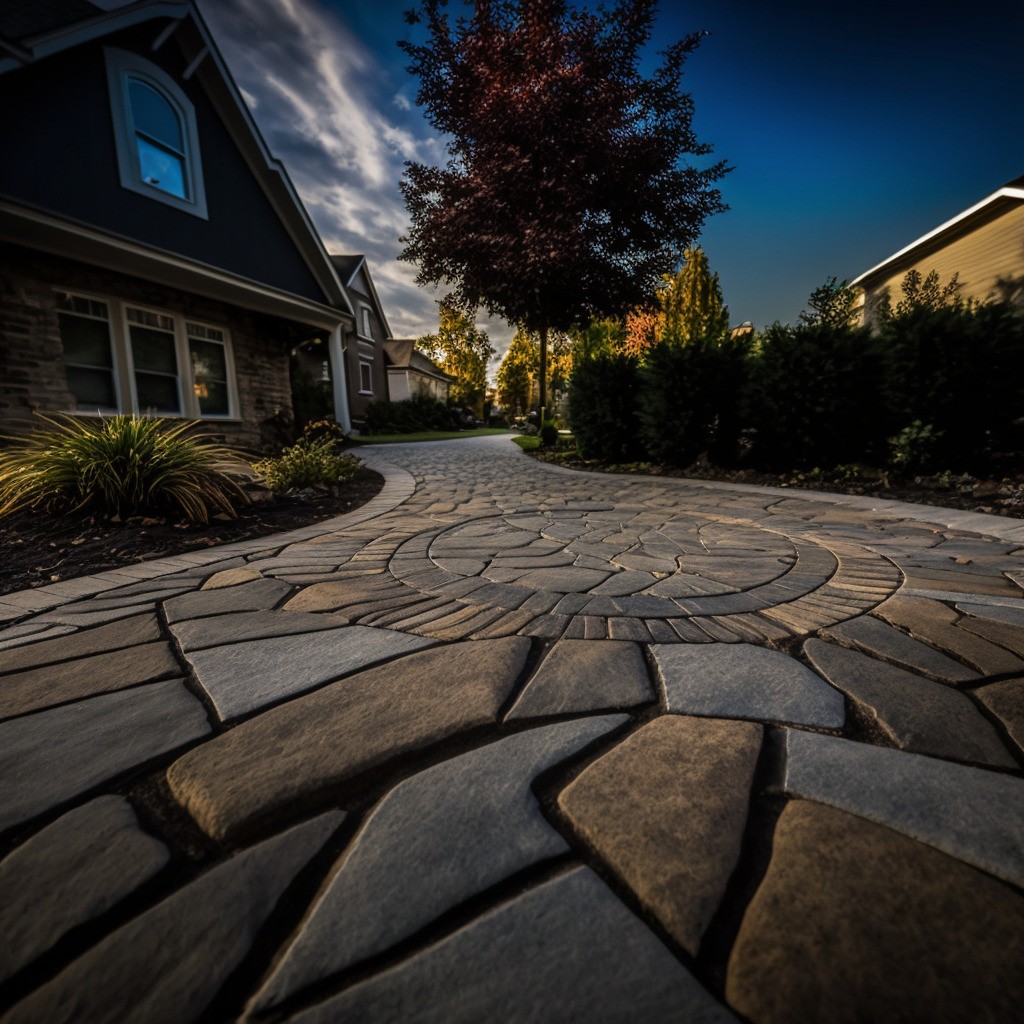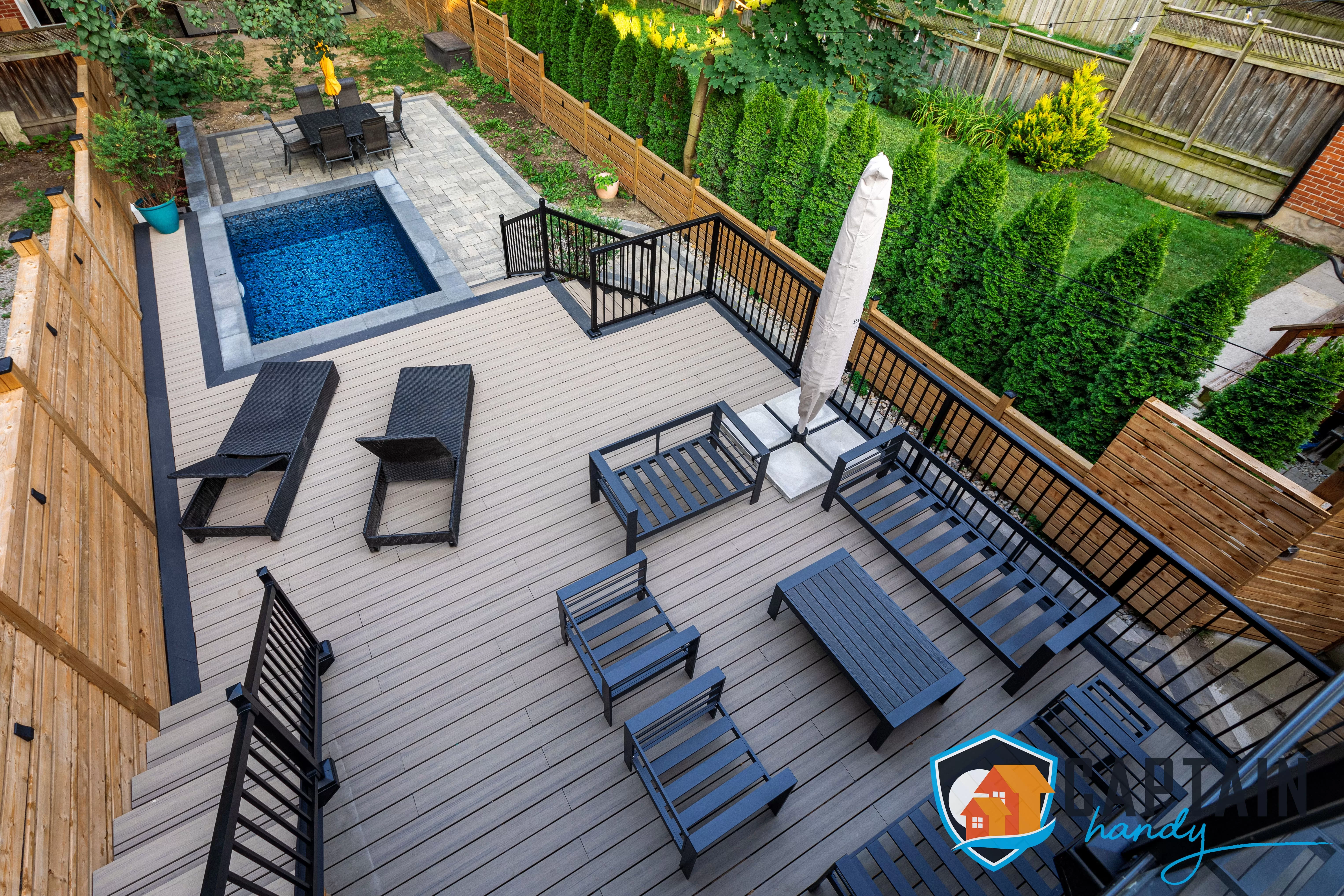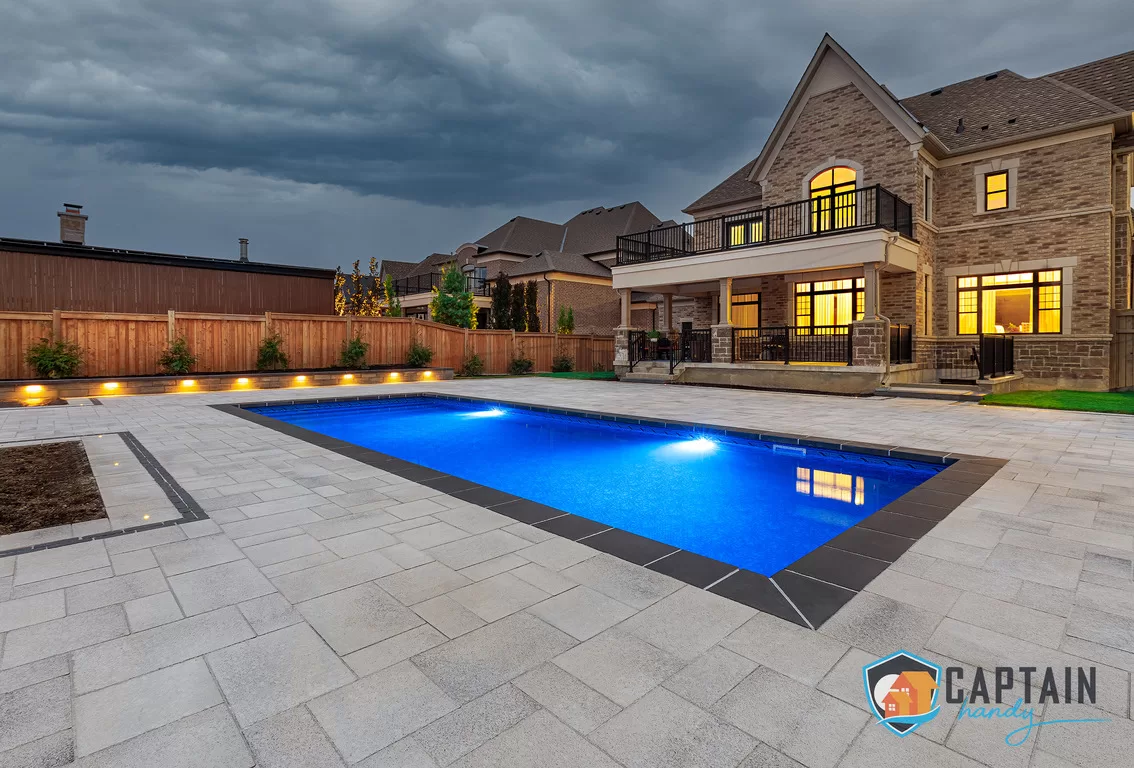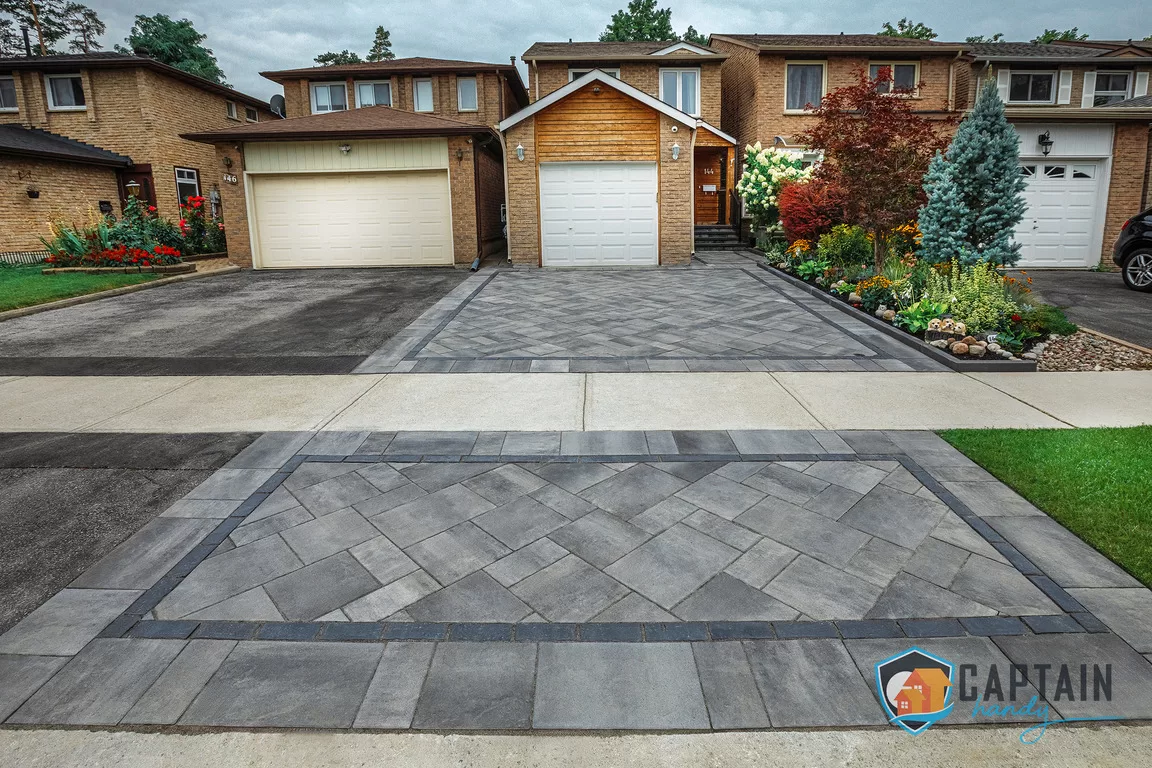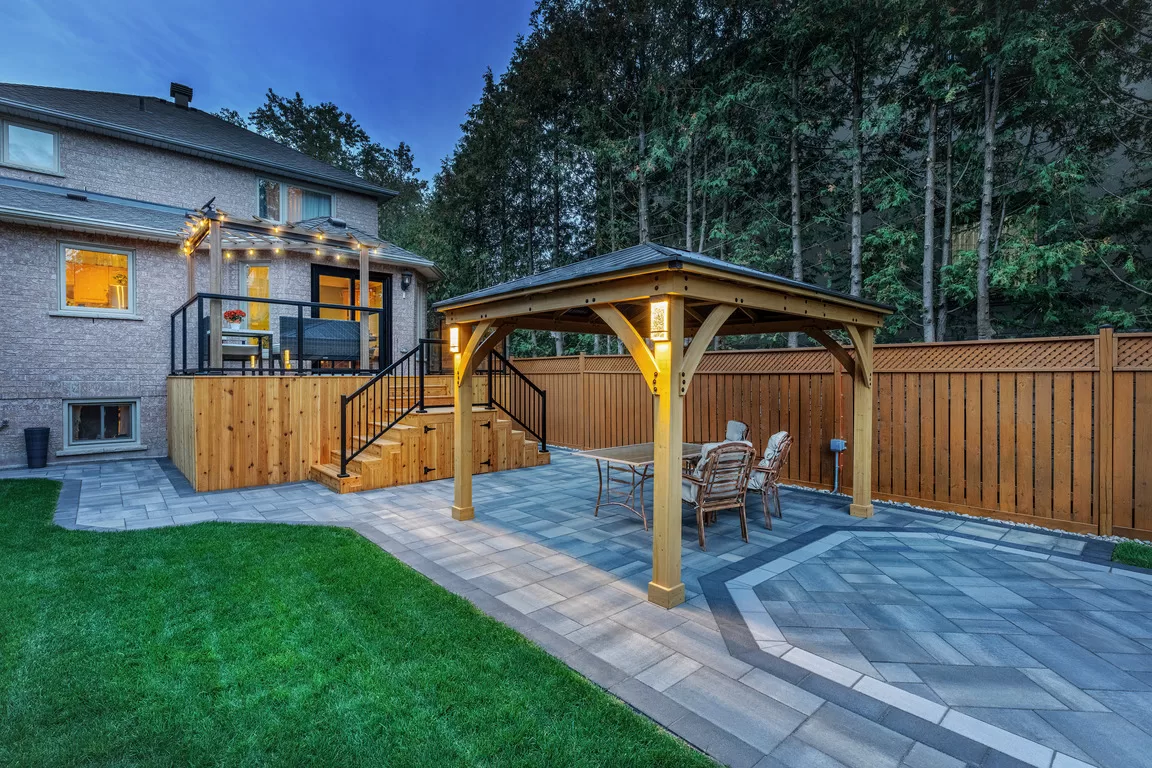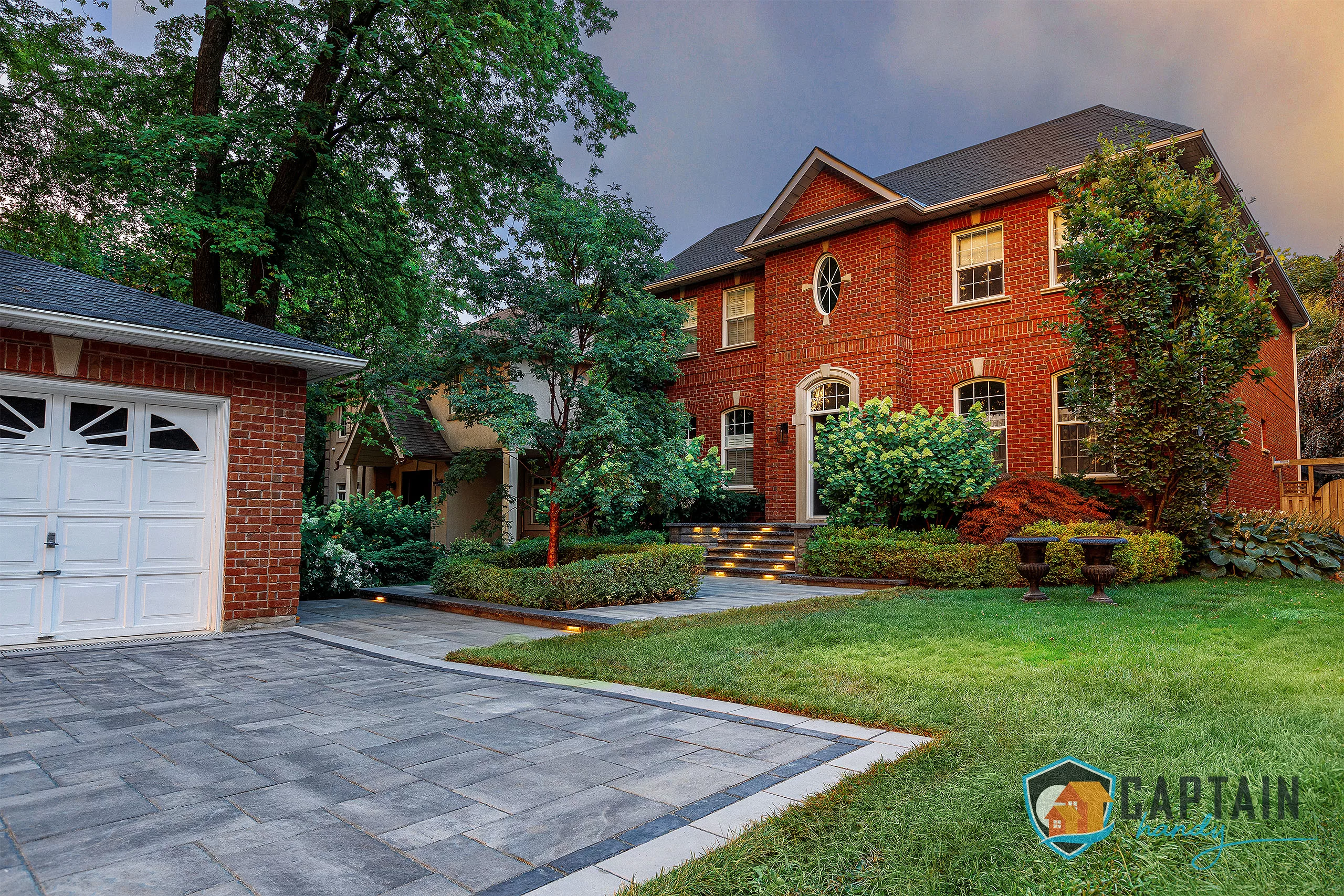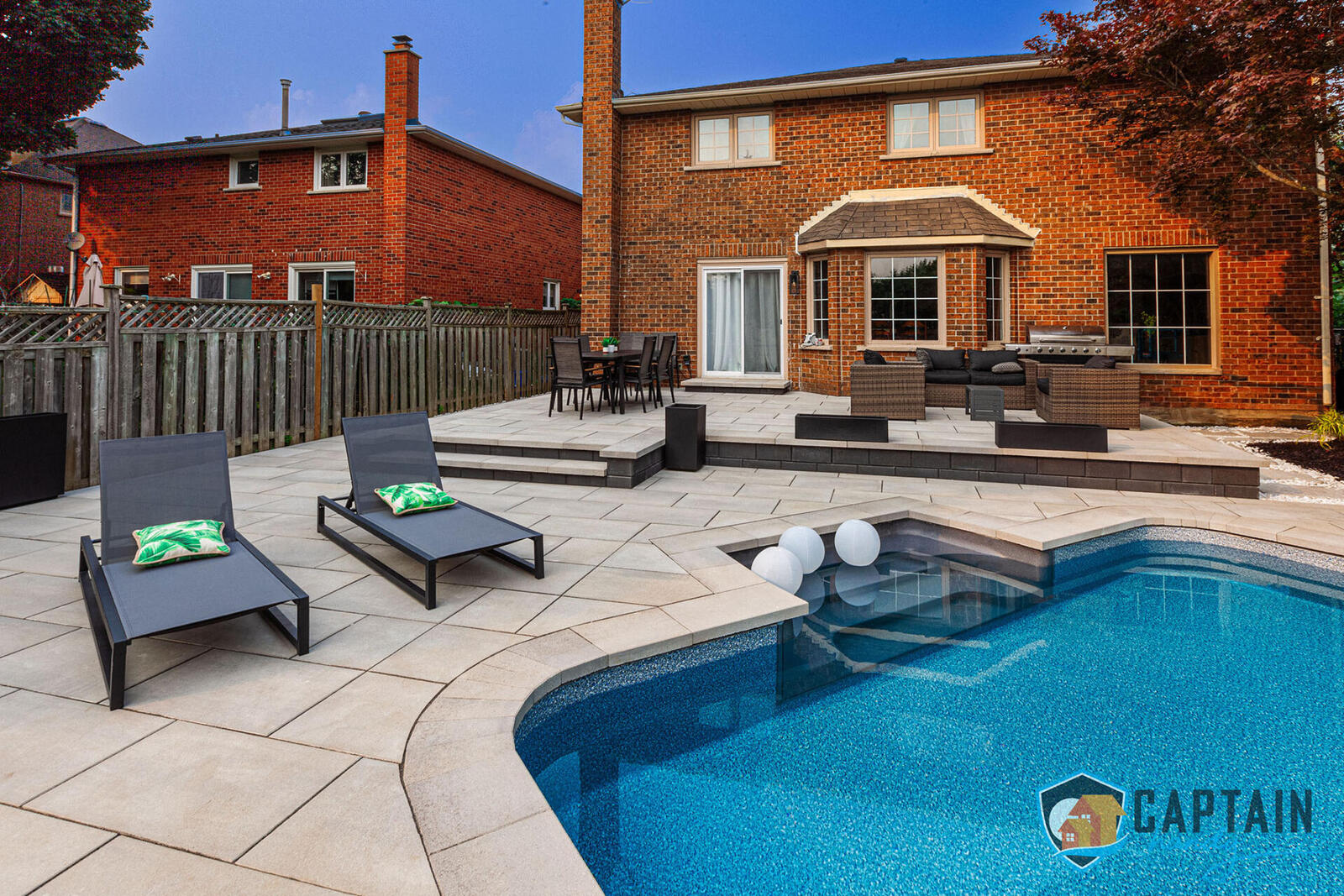The flagstone of the garden paths is an important element in the naturalistic design of the site. Irregularly shaped stone slabs, often laid in random order, are designed to emphasize unity with nature and help distract from the rectangular geometry of civilization, which is reminiscent of brick.
Flagstone is a collective name for flat natural stone with thickness from 15 to 150 mm. In terms of physical and chemical composition are distinguished by granite, sandstone, and shale tiles. The basic application of such stone is facing walls, however, in the paving of paths and access roads, it is used very often. If the walls or the socle of the country house are faced with natural stone, then to order the paving of flagstone in the garden is reasonable and economically justified.
Flagstone paving technologies
The price of flagstone paving depends on the total area of the paths, the order in which the stones are laid and the type of bed prepared for the flagstone. There are two options – paving on a concrete base and on a dry mix. Paving on a layer of hardening cement mortar provides a longer service life of the track – hardened concrete holds the stones for many years. The disadvantage is the high cost of preparatory work. Paving on a dry mix is cheaper and more natural, but in this case, you need to be prepared for the fact that the paths will inevitably destroy – as it happens with a stone in the wild.
Call us and read our blog about Best landscaping companies!







